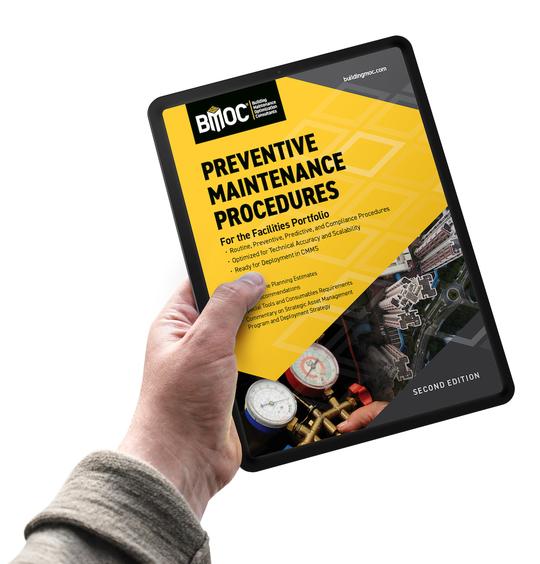Evaluating the Ability of Unitary Equipment to Maintain Adequate Space Humidity Levels, Phase I (ASHRAE Research Project 1121-RP) - The University of Colorado documented a plan to evaluate the ability of unitary hvac equipment to control humidity in different commercial buildings under varying climate conditions. The report describes 1,360 computer simulations for five different building types, eight climate locations, and 17 equipment options. ASHRAE may use the simulation plan in a Phase II effort to document the performance of the various humidity control options in different applications. This work will provide guidance to design engineers and building operators.
Effects of Water in Synthetic Lubricant Systems and Clathrate Formation - This literature survey by Spauschus Associates reviews the effect of moisture as a contaminant in refrigeration systems using hydrofluorocarbon (HFC) refrigerants and synthetic lubricants. Topics covered in the report include clathrate formation, water in refrigerant and lubricant systems, and effect of water on materials of construction in refrigeration systems. Also included in the study are results from an industry survey used to gage manufacturer problems associated with moisture contamination in refrigeration systems. Finally, the report contains a prioritized list of key technical areas for future research.
The aim of the 21-CR program is to resolve technological hurdles and difficulties that prevent or impede introducing next generation hvac/r equipment and services. Once these technical challenges have been addressed, the various stakeholders are positioned to apply the 21-CR research results and to produce the products and services that satisfy market needs within the hvac/r sector. The ultimate winners are the building owners/operators, and building occupants who will enjoy reduced operating costs, greater equipment reliability/flexibility and improved comfort levels.


